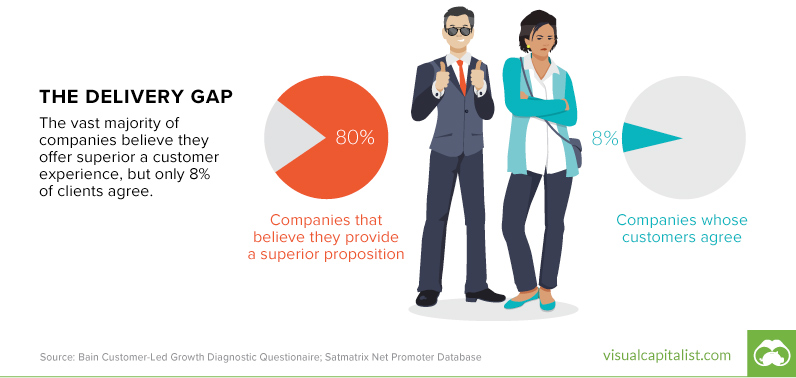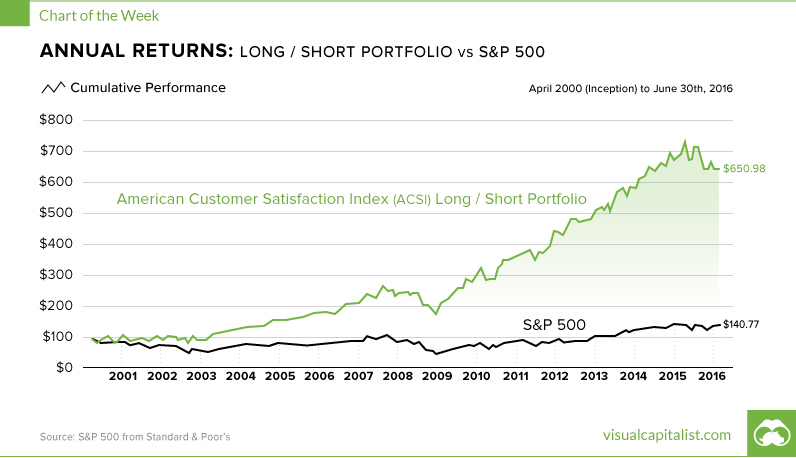مدیریت تجربه مشتری:
برای خواندن مقاله در زمینه مدیریت تجربه مشتری بروی آیکون زیر کلیک کنید.
Here’s Where Marketers Are Struggling Most with the Customer Experience and Personalization
enjoy a very good customer experience are more likely to purchase more, recommend the company to others and trust that company. As such, companies are recognizing the benefits of delivering a good customer experience (CX) – but that doesn’t come without its obstacles. Here’s what Gartner discovered about CX delivery from a survey of more than 150 respondents from the Gartner Research Circle, all of whom have involvement or visibility into strategic decisions related to their organization’s customer experience (CX), privacy or data and analytics.
The February 2020 survey found that one of the biggest challenges to delivering desired customer experiences was a lack of an appropriate CX strategy (47% citing within their top 3). For 4 in 10, issues related to collecting, managing and storing customer data ranked within their top 3 challenges, with the largest share (12%) of respondents ranking it as their #1 challenge.
Another 39% are finding the inability to reach organizational consensus on what customer experience is to be an obstacle. And, at a time when a majority of consumers consider it a risk to give companies their personal information, one-third (32%) of respondents note challenges associated with privacy concerns in using customer data.
Personalization Challenges and Approaches
About 1 in 5 (21%) respondents say that the inability to personalize customer experiences is a challenge to achieving desired CX. It appears that a lack of strategy also presents an obstacle when it comes to personalizing the customer experience, with a little less than half (47%) of the 120 respondents (excluding those who said they were unsure) ranking lack of or no clear organizational strategy for personalization among their top three personalization challenges.
Many respondents (45%) feel that personalization is hindered by data management issues associated with creating and maintaining a 360-degree view of the customer. Another 2 in 5 (38%) find it challenging to deliver value to the customer through a more personalized experience.
Technology for Personalization
In an effort to try to reap the rewards that personalization can bring, some are exploring different approaches. Among the roughly half (49%) of respondents who say they have implemented at least one personalization initiative, technology appears to be a key approach. Eight in 10 (82%) say they have acquired or built at least one technology to support personalization, while another 7 in 10 (71%) have at least one technology to support data management.
The largest share of Gartner Research Circle members who have implemented a personalization initiative are using (36%) or plan to use by the end of the year (22%) a digital experience platform. And, if all went to plan by the end of the year (barring, say, a pandemic), 57% planned to be using a customer engagement hub and 55% thought they would be using a multichannel marketing hub. Slightly fewer used or planned to be using a customer data platform (45%).
Requirements for Success
For those respondents who will have implemented a personalization initiative by 2023, about half (52%) feel that in order to be successful at personalizing the customer experience they will need a comprehensive customer data management strategy. Another 48% believe that successful personalization will require a customer-centric culture, with 37% believing that the ability to use sophisticated analytics and AI to understand customer intent is necessary.
More information can be found here.
About the Data: Findings are based on a February 2020 survey of 156 respondents from the Gartner Research Circle, screened for “having involvement or visibility into strategic decisions related to the organization’s CX, privacy or data and analytics.”.
https://www.marketingcharts.com/customer-centric/customer-experience-115587
why your customers are leaving – and how to win them back
The Chart of the Week is a weekly Visual Capitalist feature on Fridays.
One of the most important questions facing a business of any size is: why do your customers leave?
It doesn’t matter if you are a part of a Fortune 500 firm, or if you are a local plumber that works out of a van. This question should be important to you, because it has a huge impact on your livelihood.
Oddly enough, it turns out the answer to the question could be deceivingly simple. Businesses just don’t seem to care enough about their customers.
Even if your product is mediocre. Even if you are technologically behind your competitors. Even if your prices are higher – if you actually care about your customers, you will still have a chance at keeping them on board.
Here’s the Disconnect
If you are thinking that the above fact is obvious, then you are not alone.
There are thousands of companies across the world that have deemed customer service to be their big competitive advantage. They have company rallies where they talk about putting the customer first, and their internal messaging is all around how being “customer-centric” is the engine behind the company’s success.
The problem (and the opportunity) is that although everyone says they are focused on solving the problems of their customers, nobody actually executes on this promise successfully.
Consulting firm Bain & Company calls this the “Delivery Gap”:

It’s like a New Year’s Resolution. Almost everybody makes them, but no one actually keeps them.
That’s because people want to work with companies that have “skin in the game” with their clients. They want you to fight for them, and to be noticeably invested in their success.
Yes, you still have to deliver on your promises, but just showing your ongoing commitment to their problems will go a long way.
But it’s a huge opportunity. If everyone says that they are customer-centric but only very few actually deliver, that means that clients are rightly skeptical about such a claim. It’s your opportunity to turn their outlook upside-down by unexpectedly hopping right into the trenches with them.
Once they see you fighting for them on a personal basis, it will make a world of difference.
The Proof is in the Pudding
These types of customer relationships translate to real success, even in the stock market:

This is the American Customer Satisfaction Index (ACSI) long/short portfolio. Basically it represents the idea of buying equity in companies that have high levels of customer satisfaction, while betting against the companies that customers hate.
https://www.marketingcharts.com/customer-centric/customer-experience-115587
https://www.visualcapitalist.com/customers-leaving-can-win-back/#google_vignette


